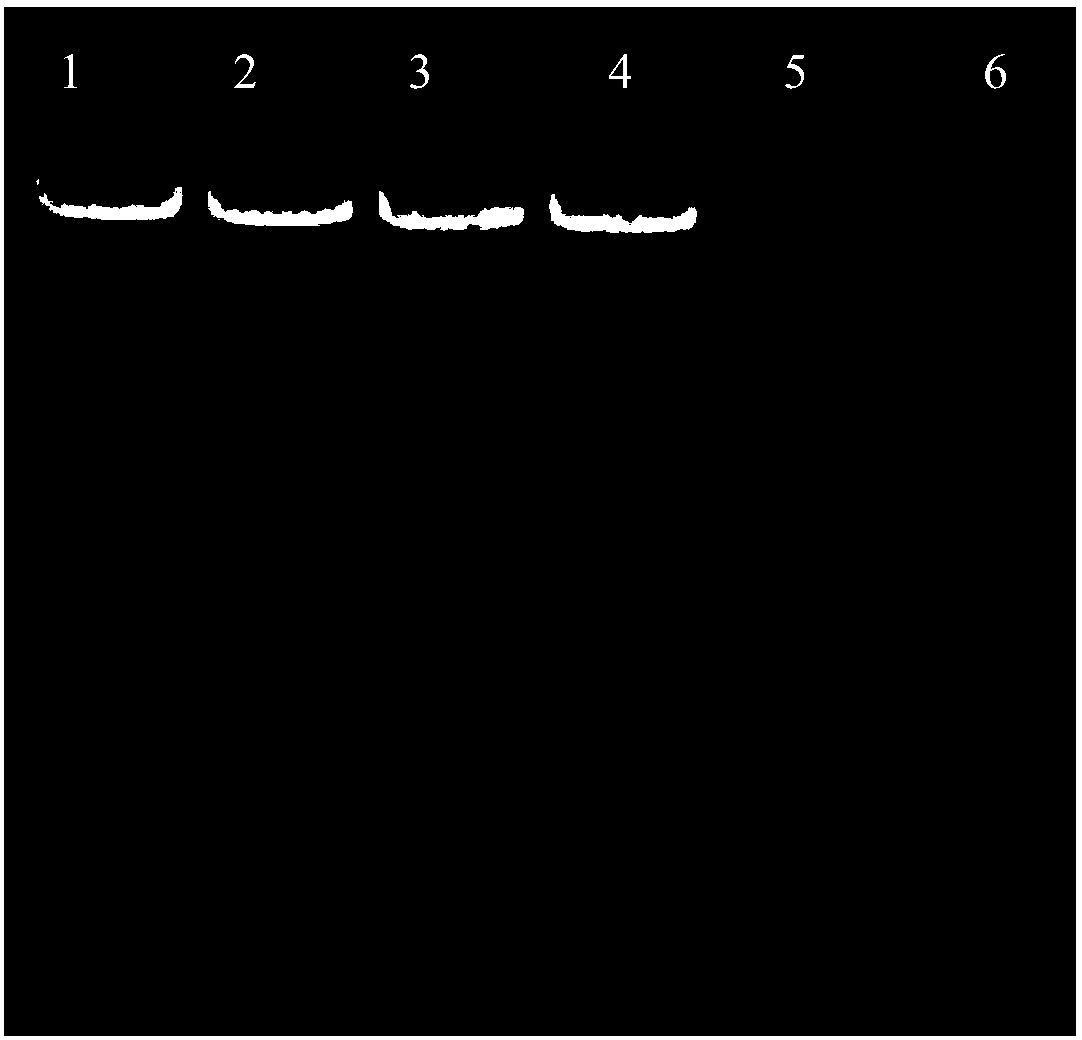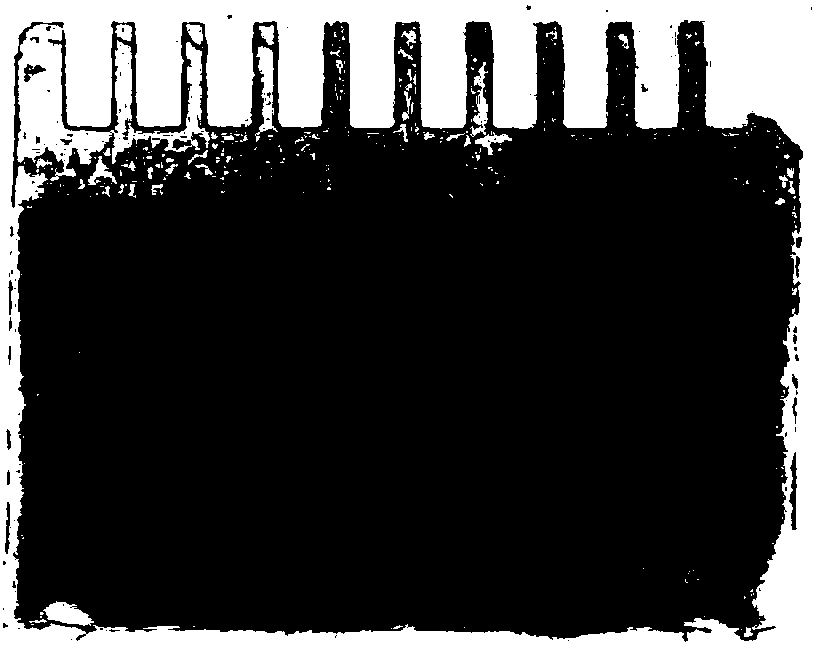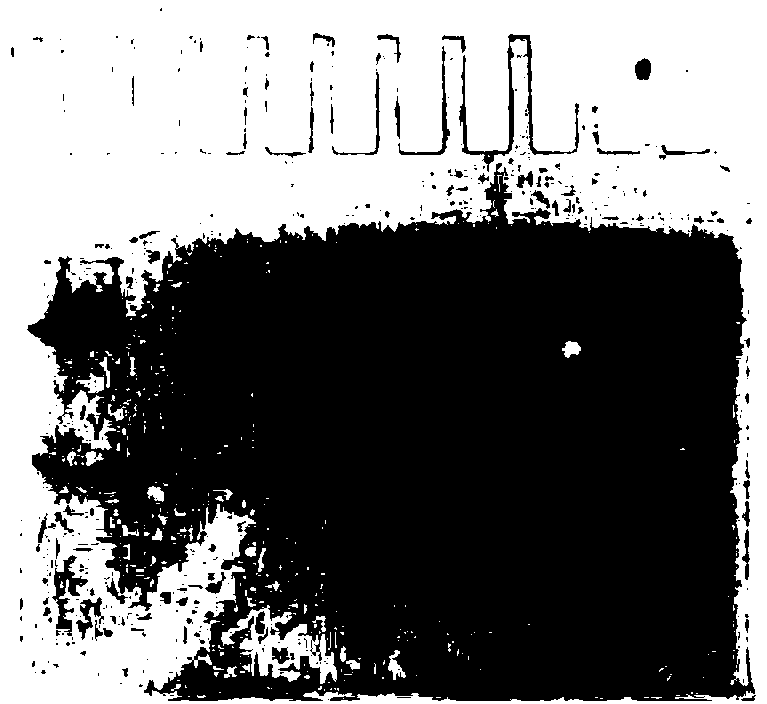Human CD19 and CD3 binding bispecific antibody
A bispecific antibody, specific technology, applied in the direction of antibodies, specific peptides, anti-inflammatory agents, etc., can solve problems such as increasing the proportion of bifunctional antibodies
- Summary
- Abstract
- Description
- Claims
- Application Information
AI Technical Summary
Benefits of technology
Problems solved by technology
Method used
Image
Examples
Embodiment 1
[0088] Embodiment 1, the construction of plasmid expression vector:
[0089] Construction of plasmid LZ19HT (pMD19-T Vector+CD19VH+hIgG1CH1) and LZ19VkT (pMD19-TVector+CD19Vk+hIgG1Ck)
[0090] Using primers H-F1, LZ19H-F2 and LZ19H-R1, the fragment CD19VH+hIgG1CH1 was amplified from the heavy chain plasmid PTY5-KJ2-h containing humanized anti-CD19 monoclonal antibody, and the KOZAK sequence and heavy chain signal peptide sequence, Linker ((G4S)3) and restriction site, then add A tail and connect with pMD19-T Vector to obtain plasmid LZ19HT;
[0091] Use primers P71-F1, LZ19Vk-F2 and LZ19Vk-R1 to amplify the CD19Vk+hCk gene fragment from the plasmid PTY5-KJ2-1 containing humanized anti-CD19 monoclonal antibody light chain and introduce KOZAK sequence and light chain signal peptide sequence and Restriction site, then add A tail and connect with pMD19-T Vector to obtain plasmid LZ19VkT;
[0092] The different clones of LZ19HT and LZ19VkT were sent to the sequencing company (Bei...
Embodiment 2
[0099] Embodiment 2, establishment and screening of stable clones
[0100] In a sterile laminar flow workbench, set the perforation voltage of the gene pulse generator Xcell (Bio-Rad) to 300V, 900μF, and exponential pulse, take out a disposable electric shock cup with a gap of 4mm, and add 40μg of linearized plasmid DNA ( 100 μl) and 0.7ml CHO K1 cell (GS KO) suspension, set the resistance of the electroporation instrument to infinity, and directly transfect the linearized plasmid 193HVkP- into CHO K1 cells by electroporation, and electroporate Transfer the cells in the cup to the triangular culture flask, add CD CHO medium, and store at 36-37°C, 5% CO 2 Culture on a shaker at 135 rpm. After 24 hours of culture, collect cells by low-speed centrifugation, replace with CD CHO medium (without glutamine) containing 50 μM MSX, obtain monoclonal cell lines by limiting dilution method, and then pass ELISA The method (mouse anti-human κ chain monoclonal antibody + expression product ...
Embodiment 3
[0101] Example 3. Purification of the expression product of CD19-CD3 bispecific antibody
[0102] Inoculate the obtained 41C11 clone (K193) into a 2L Erlenmeyer flask containing 500ml of CD CHO culture medium, tighten the cap of the ventilated bottle, and store at 36-37°C, 5% CO 2 Cultivate on a shaker at 135 rpm. After 7 days of culture, when the viable cell density drops to 60% to 70%, centrifuge at 12000r / min to remove cells and cell debris, collect the supernatant of the cell culture, and then rinse with pure water. Or 20mM citric acid phosphate buffer solution with pH5.0-6.0 for limited dilution, diluted until the conductivity of the solution does not exceed 4mSimens / cm, and then flows through the chromatographic column filled with strong cation exchange gel Eshmuno S (XK26*20cm, GEHealthCare), under this condition, Eshmuno S gel can adsorb CD19-CD3 bispecific antibody. After loading the sample, wash it with citrate phosphate buffer to the baseline, increase the concentra...
PUM
 Login to View More
Login to View More Abstract
Description
Claims
Application Information
 Login to View More
Login to View More - R&D
- Intellectual Property
- Life Sciences
- Materials
- Tech Scout
- Unparalleled Data Quality
- Higher Quality Content
- 60% Fewer Hallucinations
Browse by: Latest US Patents, China's latest patents, Technical Efficacy Thesaurus, Application Domain, Technology Topic, Popular Technical Reports.
© 2025 PatSnap. All rights reserved.Legal|Privacy policy|Modern Slavery Act Transparency Statement|Sitemap|About US| Contact US: help@patsnap.com



